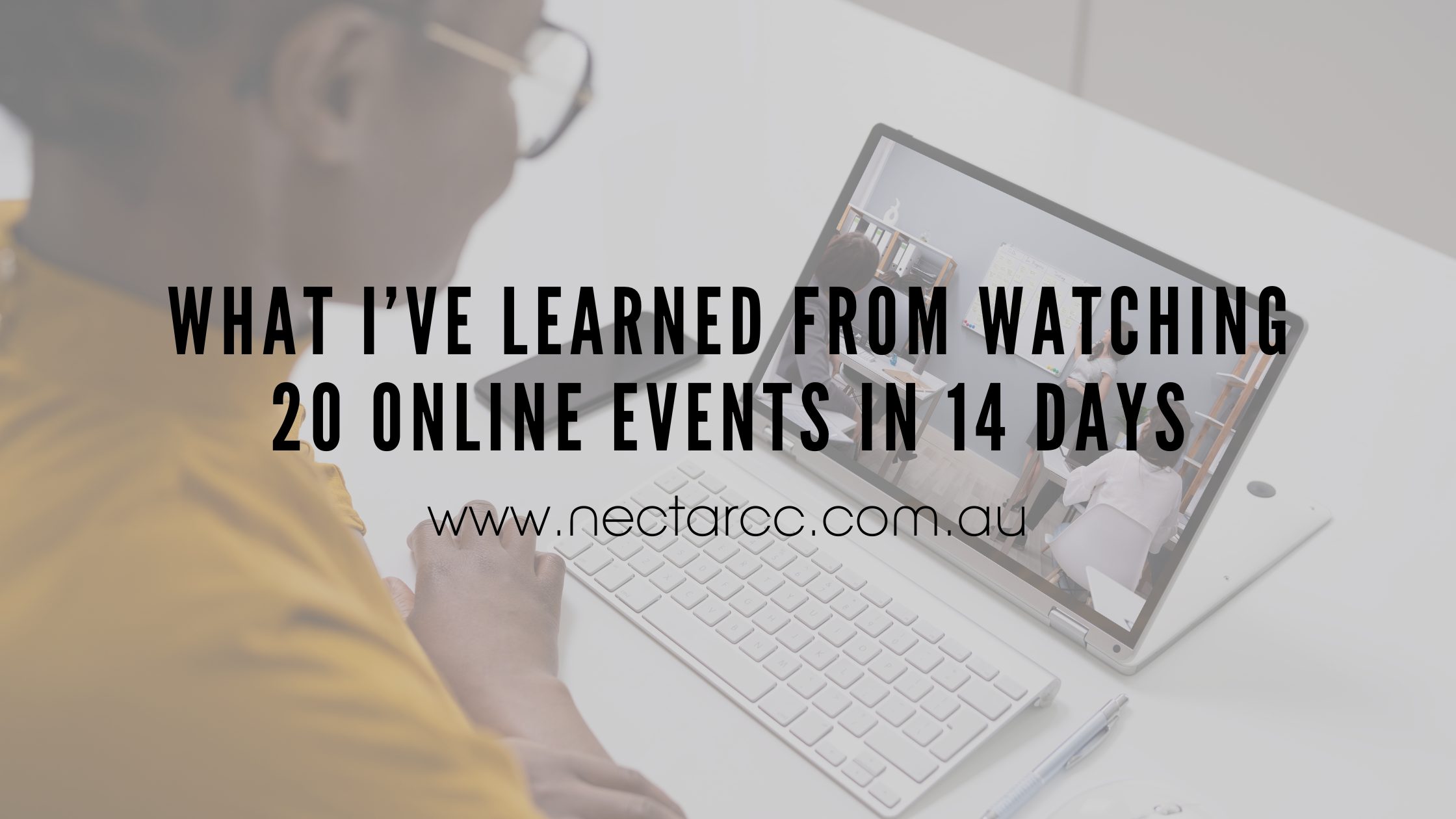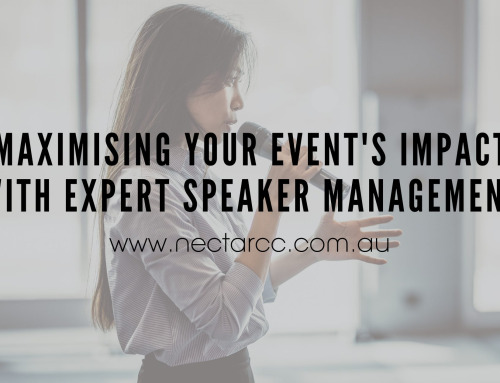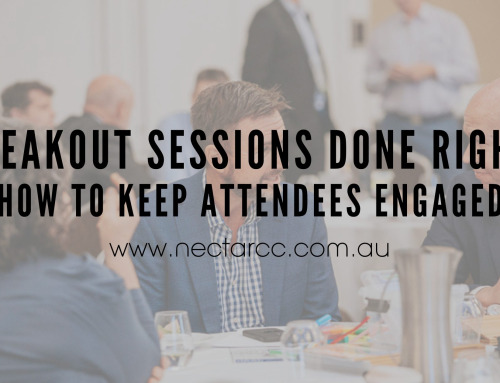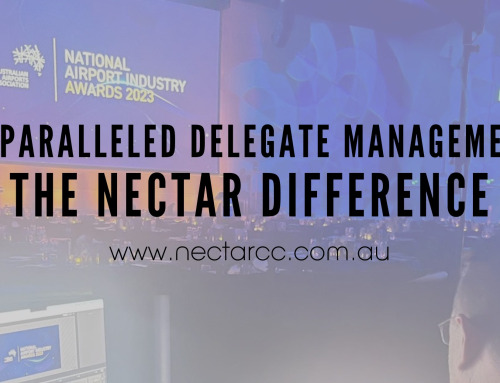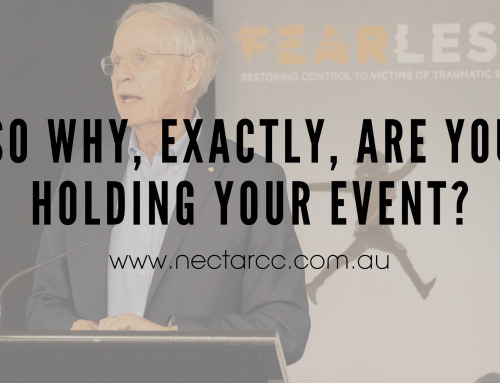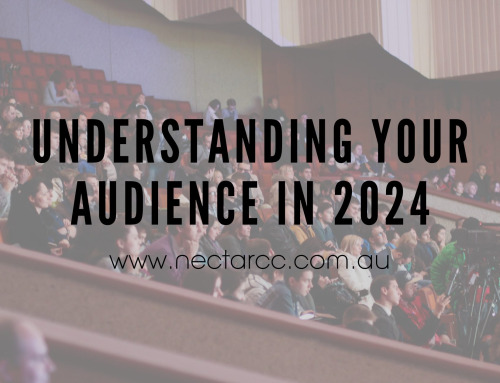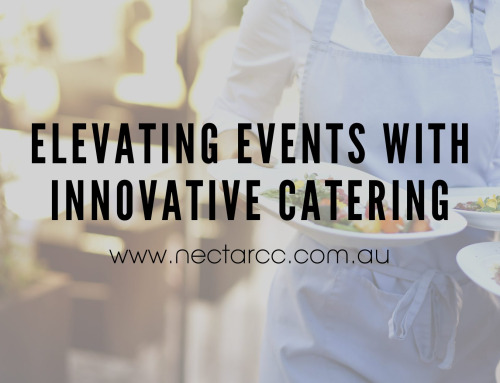Thanks to COVID-19 the humble webinar has rapidly evolved into the ‘online (or virtual) event’. Just like the coronavirus news cycle, this is a fast-moving space with the events industry watching with bated breath to see if a virtual conference and event experience can in any way match (or exceed) that of a live one. Over the past two weeks I said ‘yes’ to every webinar invitation that has hit my inbox, across industries, time zones and tech. Here are my observations, in no particular order:
To pre-record or not to pre-record
Pre-records are so January 2020. Knowing you can stop half way through and watch later (which you won’t) pretty much guarantees zero audience engagement. If I can’t ask questions during or after the session, or see the speaker answering those questions, I’m unlikely to hang on until the end. It also feels slightly lazy and that the speaker is avoiding being asked questions directly.
Easy links to calendars
In a time of online event overload, distraction and disrupted schedules, including a link to both Google and Outlook calendars in the confirmation email is a must – particularly if you are attracting people from different time zones. In addition, a reminder email the day before with clear instructions on how to login, should be scheduled. Even though we are mid-Rona, the inbox is still a nightmare.
Back-ups for VIP speakers
I have observed two instances where key speakers (read: high profile political leaders) have not been able to participate due to inadequate internet connections. If you know one of your most important speakers is broadcasting from a patchy internet location, consider having a fully briefed back-up spokesperson who can jump in and speak on their behalf. When you have 2000 participants (yes, this actually happened!) giving up an hour of their time to listen to and question a speaker, having this ‘subbie’ offers a great safety net for all concerned.
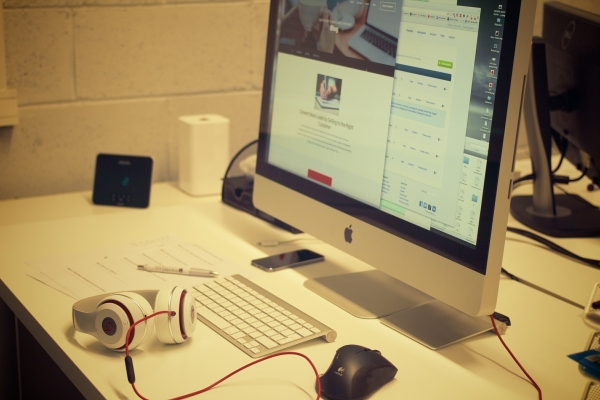
Rehearse
Particularly if you have multiple speakers involved. Online events are a different ball game to live ones but also can’t be treated like a Skype call with the overseas rellies. Watching presenters fumble with tech or not be insync with each other is the equivalent of, in the good old days, mic feedback and the video not playing on cue.
Oprah Show v. Uni Lecture
The most engaging sessions I watched were those that were run interview-style, as opposed to a straight out keynote presentation. This conversational tone lends an atmosphere of authenticity, puts presenters at ease and is a fantastic way to facilitate all those questions coming in. Further to this, if the content really must be presented as a keynote, having a good facilitator to introduce the speakers, encourage audience engagement and manage the incoming questions will once again increase engagement and interaction.
Set the scene
Following on from the comment above about having a facilitator (and did I mention they should be a good one?), doing an introduction at the beginning is key. The best ones outlined how long the session would be, why the event was being held and hoped for outcomes, who was speaking, how questions would be managed, how to ask for technical support and point out ‘user-experience’ info such as which buttons to click on and how networking and breakout sessions will work.
Zoom virtual background v. Your kitchen v. Studio
Without doubt, the presentations that were broadcast from a studio set-up were far more polished than those with the presenter at home or with the dodgy ‘wish you were here’ Zoom background. Also, note to speakers, place your camera at eye level, we’re all a bit over chin and up the nose views! I’d put money on it that there will be a studio for hire near your home very,very soon.
The death-by-powerpoint rule still applies for online events
Voice-of-god speakers, with only a powerpoint slide filling the screen, will have your audience checking their email, Instagram or making the kids’ lunch within about ten minutes. The audience wants to see the speaker on screen, just as they would in a live event. Knowing that every laptop, phone etc comes with a camera these days also just made me wonder – what didn’t they want us to see?

Love a live poll
If you want to guarantee audience interaction, run a live poll alongside the presentation. This was done really well in an events industry hackathon I participated in as it helped to keep my attention and painted a picture of who else was participating. Not only does it encourage engagement, it also gives the organiser valuable audience insights that they can use post-event to create further events. Slightly controversial questions can also help to really get the audience interacting!
Don’t forget the networking
The results of any conference survey will tell you that the reason most delegates attend is for the networking. I participated in a fantastic virtual networking session which, through the use of a random matching of participants, was actually better than the real life version! There was no awkward butting in or getting stuck talking to one person. Three minutes of virtual face-to-face conversation, with the option to exchange contact details, meant being able to speak to a number of really interesting people, without the usual ‘get me out of here’ networking anxiety.
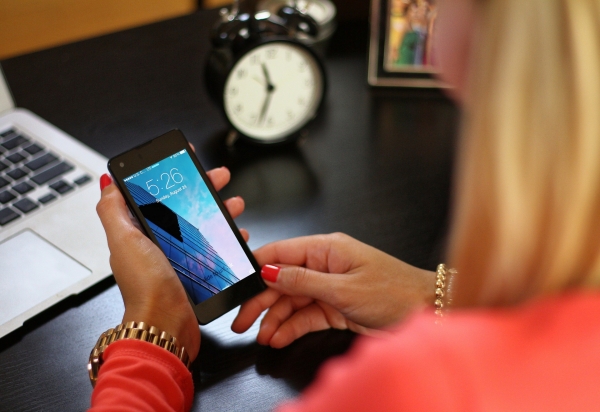
Less is more
The best online events targeting the WFH audience were those that were short and concise. After sitting through a number of events of varying lengths, I’ve observed that the hand starts reaching for the phone around minute 30 – and I definitely will need a cup of tea/coffee/Bonox after one hour. Unless your event has multiple session options, live Q&A, networking or a guest appearance by Jacinda Ardern, the recommendation is to keep the presentation to 30 minutes.
Follow-up
Guess what? The events with the most impact are those with outcomes! Once again, the ones that kept the conversation going post-event were the most engaging, ultimately providing what we’re all craving right now, community. Those that followed up via email and socials with a recording of the session, an overview of what was discussed and answers to questions that ran over time were the ones that had me most engaged – and sharing. Some even detailed the next steps, asked for feedback on the session and gave the opportunity to suggest future topics.
It’s all about the tech
The saying that adversity is the mother of all invention is certainly ringing true when it comes to online event technology. Chances are you may have never heard of Zoom or Hopin until a month ago. Meanwhile, a number of players, including traditional events management software providers are clamouring for a slice of the online events pie. Over the 20 events I participated in, I experienced five different platforms, all of whom have their pros and cons. As online events become a normal part of an organisation’s event strategy, the event planner will be presented with a dizzying array of options and price points to compare and will need to expand their skill set to include AV production and script writing.
The Verdict
When it comes to running online events think Oprah, not Sunday Mass. Engagement is king and you really need to take time to think about what your audience is looking for from these events. Try and include as many interaction tools as possible to not only keep your audience engaged but to provide valuable data you can utilise in your education programs, marketing and communications. The formality of live events is not required online but you still need to be prepared, professional and tech savvy. I can’t wait to see how this area develops over the next 12 months, you never know, we just may be thanking COVID-19 for reimaging events.
